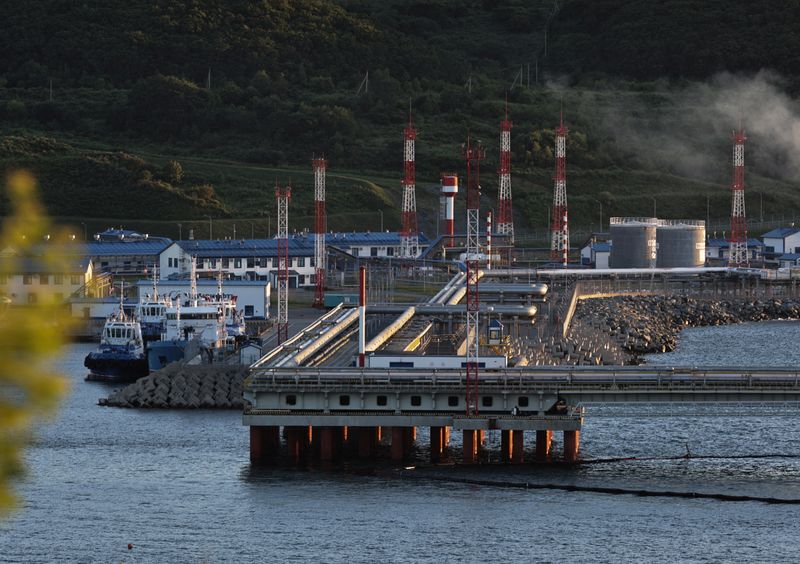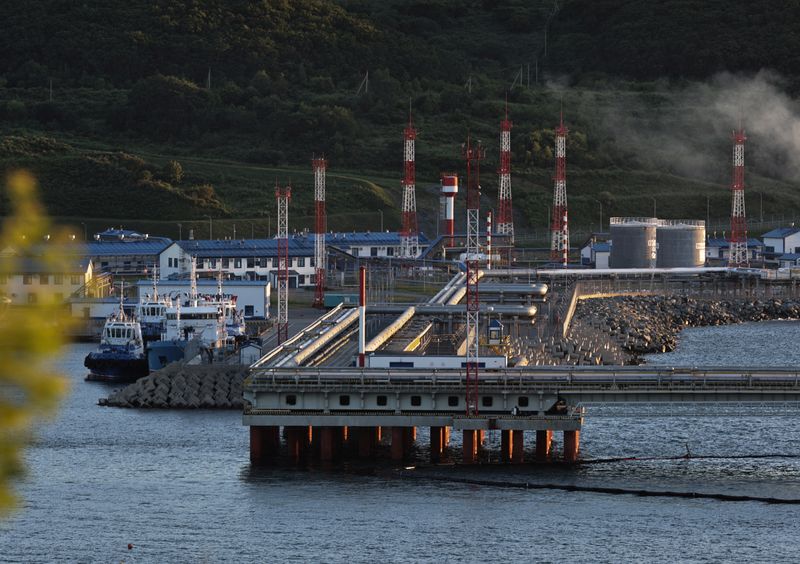
By Yuka Obayashi
TOKYO (Reuters) -Oil prices nudged higher on Monday as heightened tensions in the Middle East following the overthrow of Syrian President Bashar al-Assad by rebels offset concerns over weak Chinese demand that was highlighted by Saudi Aramco (TADAWUL:2222)’s price cuts to Asian buyers.
Brent crude futures rose 22 cents, or 0.3%, to $71.34 per barrel by 0140 GMT. U.S. West Texas Intermediate crude futures gained 22 cents, or 0.3%, to $67.42 per barrel.
Brent lost more than 2.5% last week and WTI fell 1.2% as analysts projected a supply surplus next year on weak demand despite an OPEC+ decision to delay output hikes and extend deep production cuts to the end of 2026.
Saudi Aramco, the world’s biggest crude oil exporter, has reduced its January 2025 prices for Asian buyers to the lowest level since early 2021, it said on Sunday, as weak demand from top importer China weighs on the market.
Meanwhile, Syrian rebels announced on state television on Sunday they had ousted President al-Assad, eliminating a 50-year family dynasty in a lightning offensive that raised fears of a new wave of instability in the Middle East that is already gripped by war.
“The development in Syria has added a new layer of political uncertainty in the Middle East, providing some support to the market,” said Tomomichi Akuta, senior economist at Mitsubishi UFJ (NYSE:MUFG) Research and Consulting.
“But Saudi Arabia’s price reductions and OPEC+’s production cut extension last week underscored weak demand from China, indicating the market may soften toward year-end,” he added, noting that investors are closely watching the potential impact of U.S. President-elect Donald Trump’s energy and Middle East policies.
On Thursday, the Organization of the Petroleum Exporting Countries and its allies, a group known as OPEC+, pushed back the start of oil output rises by three months until April and extended the full unwinding of cuts by a year until the end of 2026.

OPEC+, which is responsible for about half of the world’s oil output, was planning to start unwinding cuts from October 2024, but a slowdown in global demand – especially from top crude importer China – and rising output elsewhere have forced it to postpone the plan several times.
The number of oil and gas rigs deployed in the United States last week hit the highest since mid-September, pointing to rising output from the world’s biggest crude producer.
This post is originally published on INVESTING.





